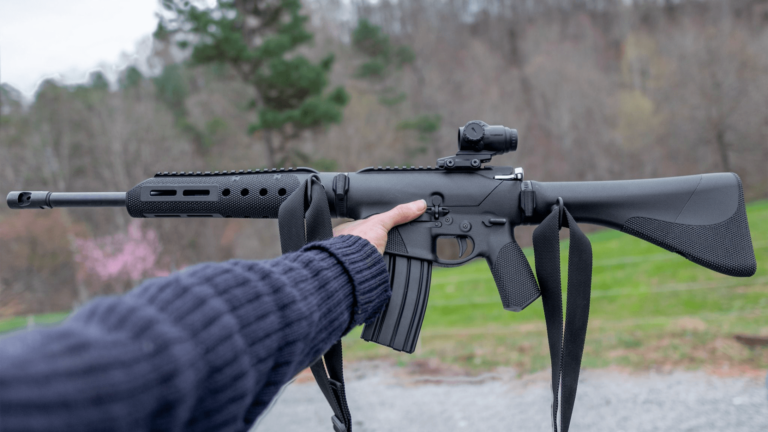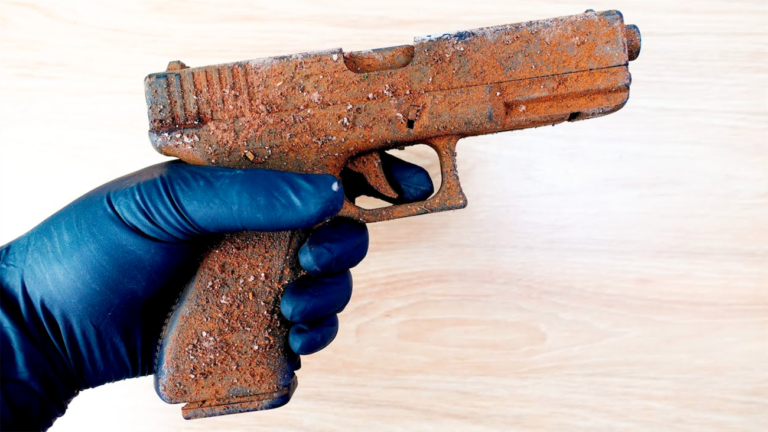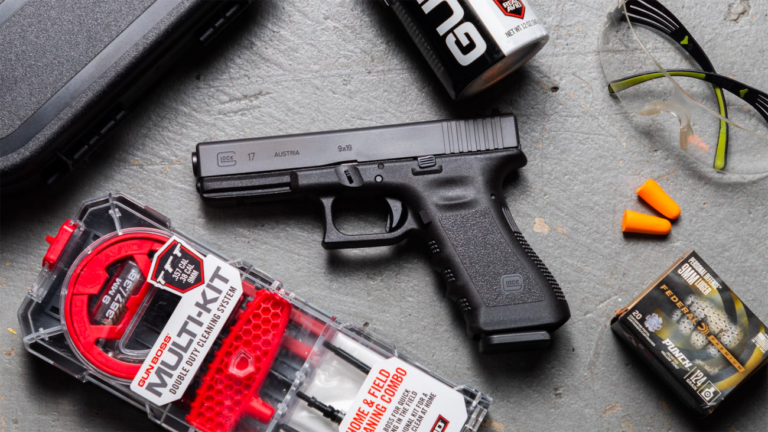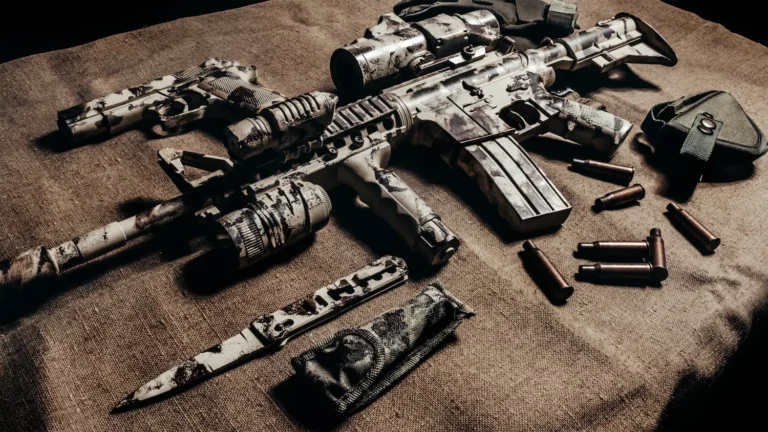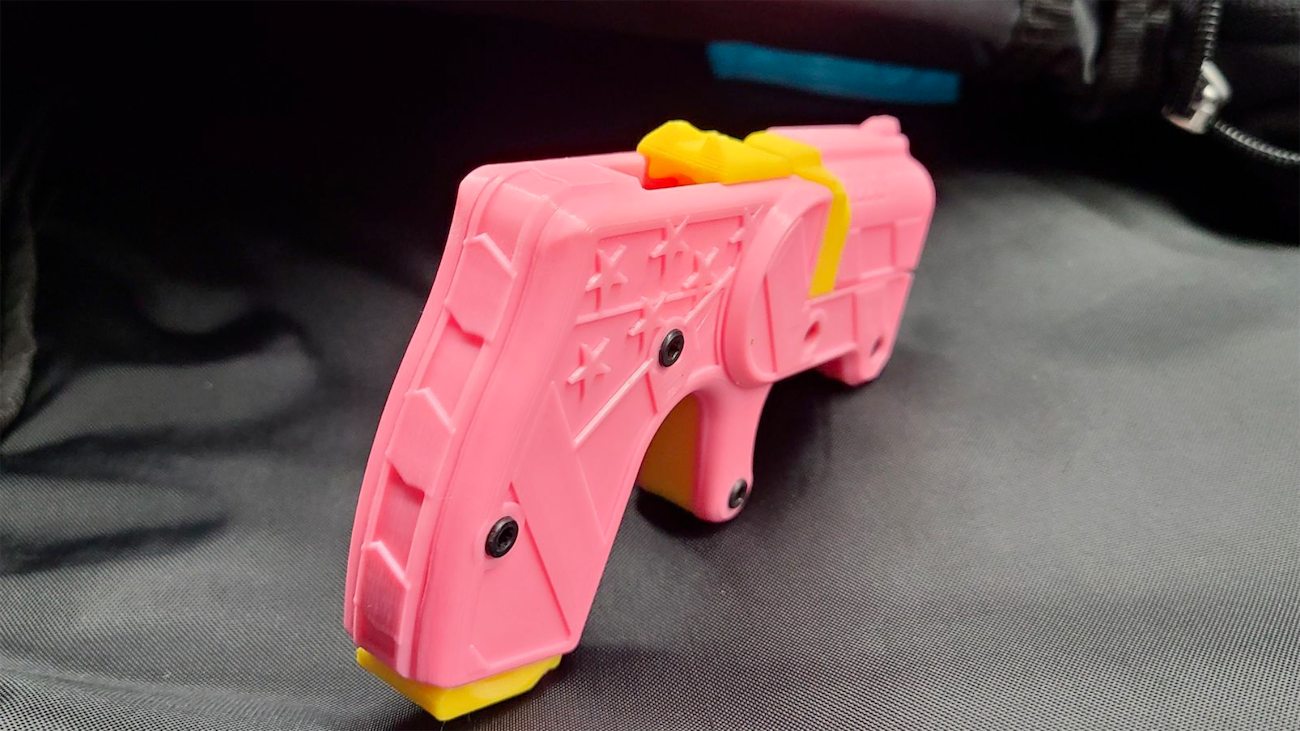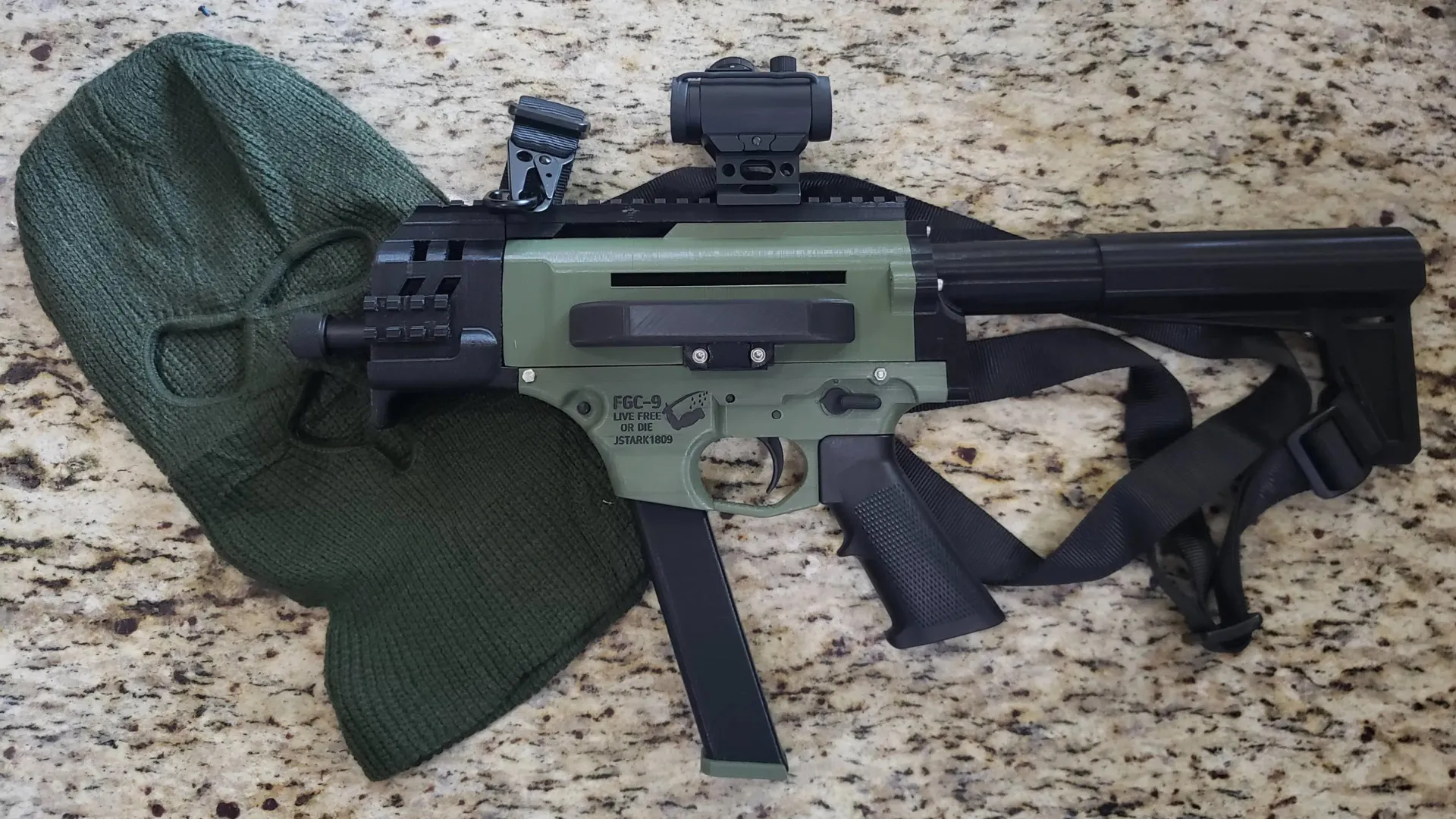The bolt carrier group (BCG) is a complex part of the AR15 rifle, as it is responsible for several important functions that make it operational.

Without it, the AR15 would be rendered useless, so as a rifle enthusiast, it is a good idea for you to know what an AR15 BCG is and how the bolt carrier group works.

What Is an AR15 BCG?
The Bolt Carrier Group, or BCG for short, is a part of any closed-bolt, gas-operated weapon, including the AR15 semi-automatic rifle, which is responsible for a series of actions related to feeding, firing, and extracting the bullet and casing from the weapon.
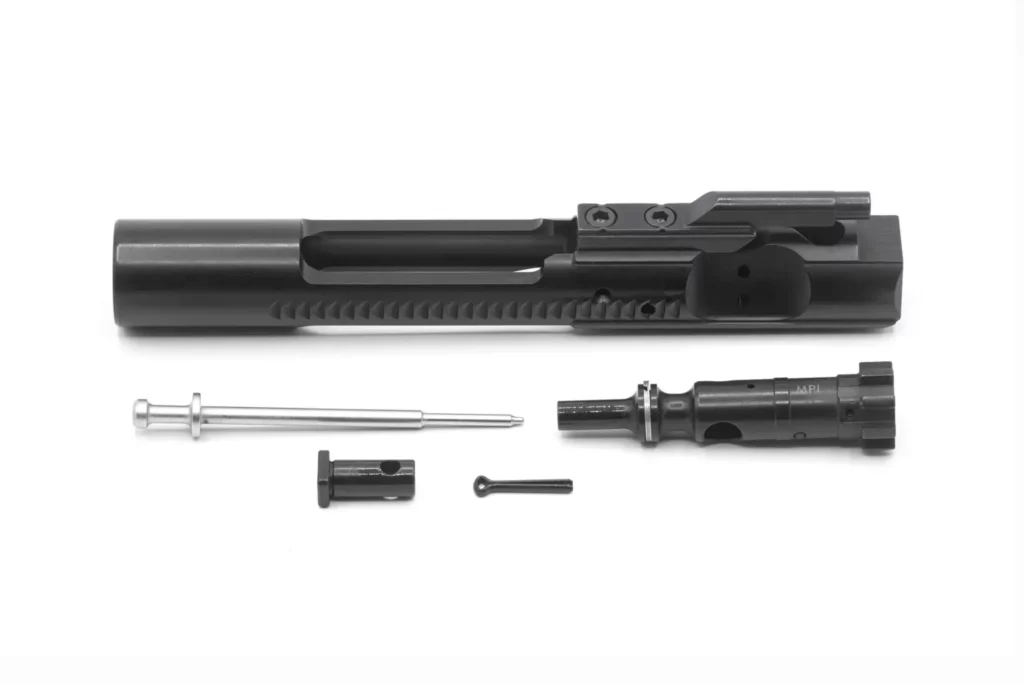
The heart of the AR15 BCG mechanism is a locked bolt inside the chamber, which rotates whenever there is enough pressure build-up. The pressure causes the rotation action of the bolt, forcing it to unlock. Let’s take a look at the process in more detail.

Cleaning is essential for any part of the firearm and the bolt carrier group is no exception. Check out our list of the best AR15 cleaning kits to keep your gun working great!
How a bolt carrier group works
Here’s what an entire cycle of operation looks like in any gas-operated weapon, including the AR15 rifle:
- Feeding and chambering – the bolt feeds a round from the magazine and inserts it into the chamber.
- Locking and firing – the bolt is locked inside the barrel with a slight rotation. The sear releases the hammer and strikes the firing pin, resulting in the round firing. The gasses produced from the round firing are usually sent back into a chamber inside the bolt carrier.
- Unlocking, extracting, and ejecting – as the gasses are forced into a chamber of the bolt carrier, they unlock the bolt and push it backward. This backward motion extracts and ejects the empty shell casing from the chamber.
- Cocking the hammer – when the bolt returns to its primary position, it cocks the hammer to allow the weapon to be fired again while loading another round into the chamber and repeating the process.
Difference Between the Semi-Auto and Full Auto BCG
The AR15 (semi-automatic) and the M16 (full automatic) rifles share similar parts. The main difference between the two is the trigger assemblies, resulting in differently shaped bolt carrier groups.
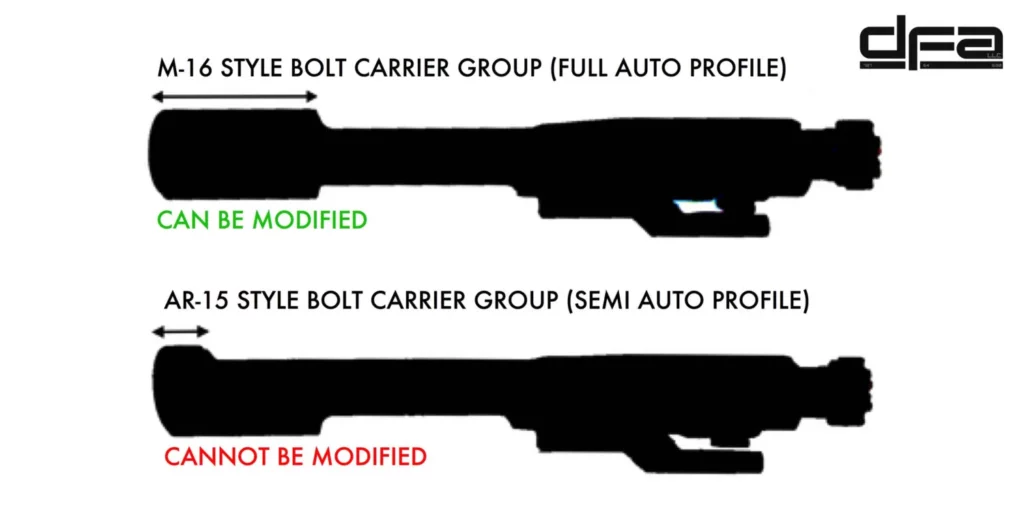
The original AR15, designed in the mid-1950s, had three firing modes: a fully automatic, a semi-automatic, and a burst mode. Since it was unsuccessfully marketed, ArmaLite sold the design to Colt, who tweaked it and released the M16 fully automatic rifle in 1963, designated for the US army.
Colt also modified the AR15 into a semi-automatic rifle only, marketing it to the civilian market.
Because the BCG of the M16 is shaped differently from the BCG of the AR15, it can fire in semi-automatic or fully automatic mode of three bullet burst shots. On the other hand, the AR15 can only fire one shot per trigger press because it’s only a semi-automatic weapon.
What an AR15 BCG Is Made Of – Parts and Materials
Now that you know how a BCG (bolt carrier group) works and its function, let’s look at its parts and materials.
Parts of the AR15 BCG
The bolt carrier body
This is the largest part of the BCG, as it holds all the parts together. This of the body as the housing for all the parts and as the part that makes contact with the spring and the rifle’s buffer.
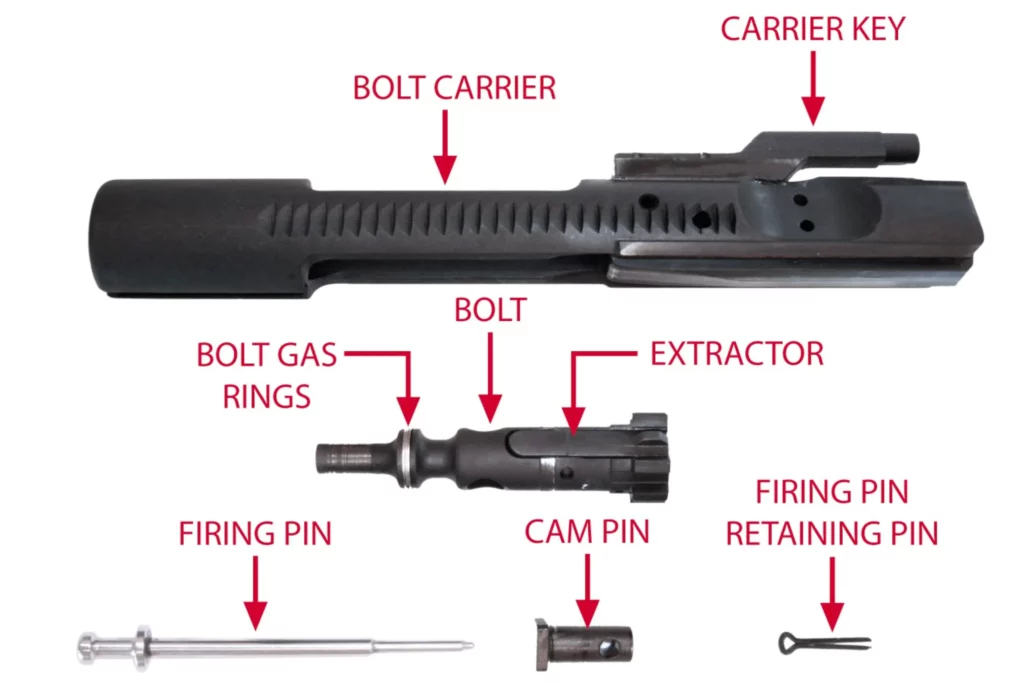
The body is the part that absorbs much of the force being produced from the firing of the round, which means it’s made from highly durable materials. Three types of forged steel make the body’s construction, ensuring the chamber inside is pressure and heat-resistant.
The carrier key
The carrier key, also called the gas key, is a small tube attached to the side of the body. This small tube catches the gas coming from the gas tube. The gas passing through the gas key forces the rotation of the bolt and extractor, which loads a new round or unloads an empty shell into the chamber.
The bolt, the extractor, and the bolt gas rings
All these three parts are one unit, but each performs a separate function. The bolt rotates, locking and unlocking inside the chamber and guiding the firing pin.
The extractor follows these locking and unlocking functions and catches the empty round, ejecting it from the chamber.
Once the empty casing is forced out, a forward motion of the bolt and extractor catches a new round and loads it into the chamber.
The bolt gas rings ensure that the gasses do not disperse into the upper receiver part of the rifle.
The pins
The three pins that fit inside the bolt carrier body are:
- The firing pin – is responsible for the round firing, as it strikes the back of the casing
- The retaining pin – hold the firing pin in place
- The cam pin – prevents the excessive rotation of the bolt when it unlocks
Materials of the AR15 BCG
We mentioned above that three types of forged steel are used to manufacture the bolt carrier body. These three types of steel are also called mil-spec steel (“mil” stands for military):
We will not go into much detail about the characteristics of these types of steel, as we’ve provided links should you wish to know more about them.
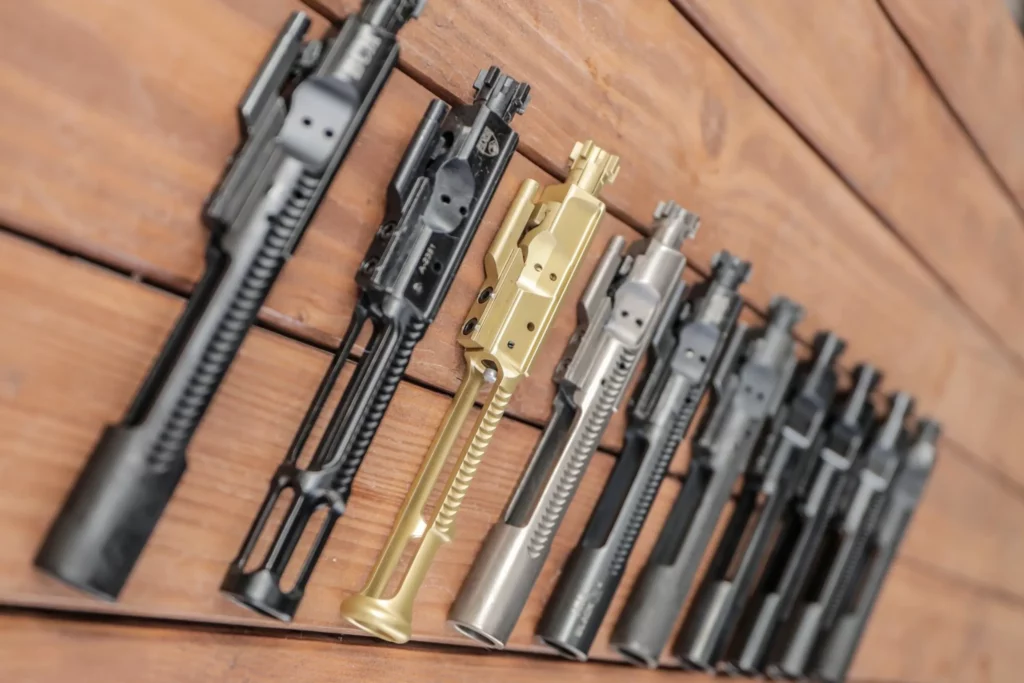
To reduce the weight of weapons and weapon parts, manufacturers have also considered making them from strong, lightweight metals such as titanium. Unfortunately, using titanium is expensive, as it is a rare metal, with an estimated only 0.63% of it in the Earth’s crust.
So to reduce costs, manufacturers mainly use the steel types we mentioned above, paired with a technique called “lightening cuts”. With it, they remove portions of metal from larger parts of the weapon, such as the carrier, to reduce unnecessary weight and avoid using excess material.
Hot AR15 Parts
Conclusion
Now you know what is an AR15 BCG and how it helps keep the rifle operational. If you have any comments or questions, feel free to write them below or contact us.
We will give you our feedback as quickly as possible!


